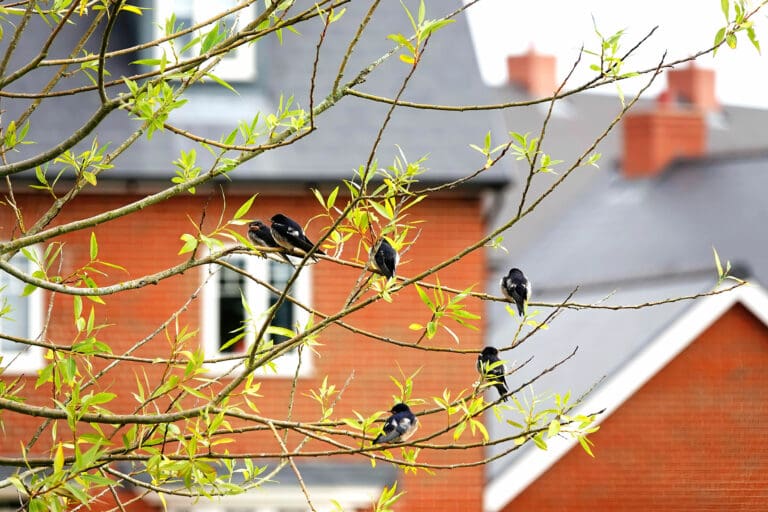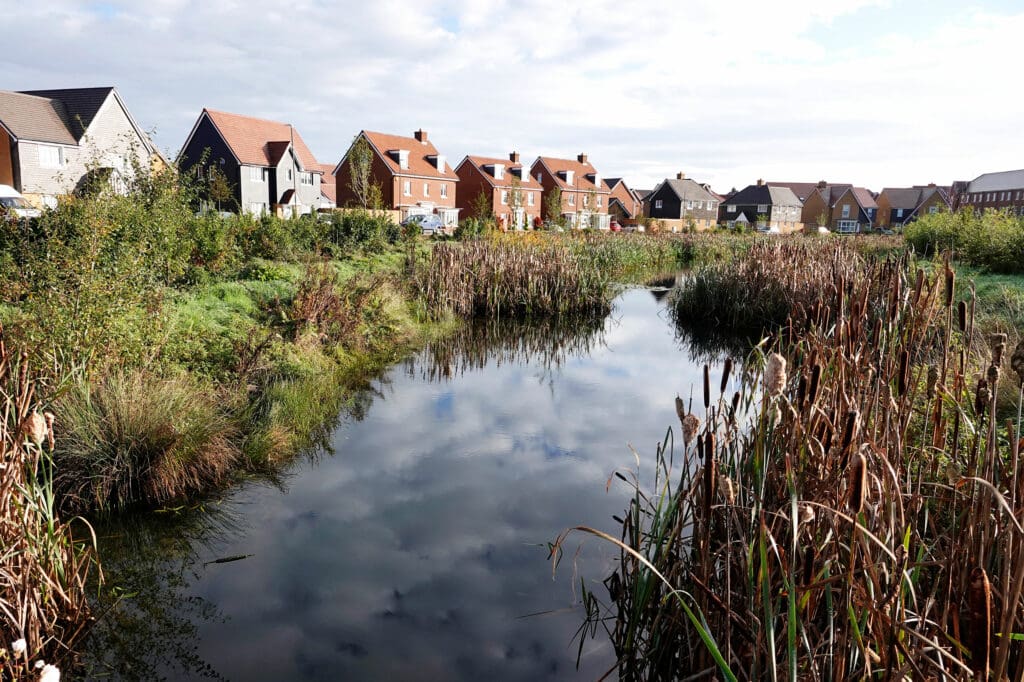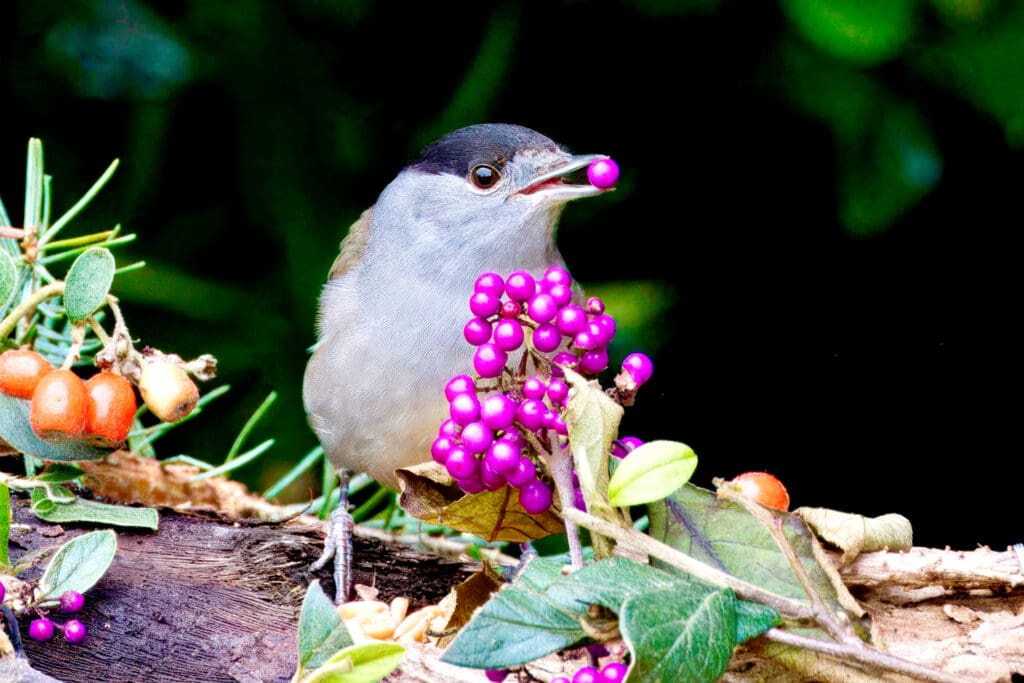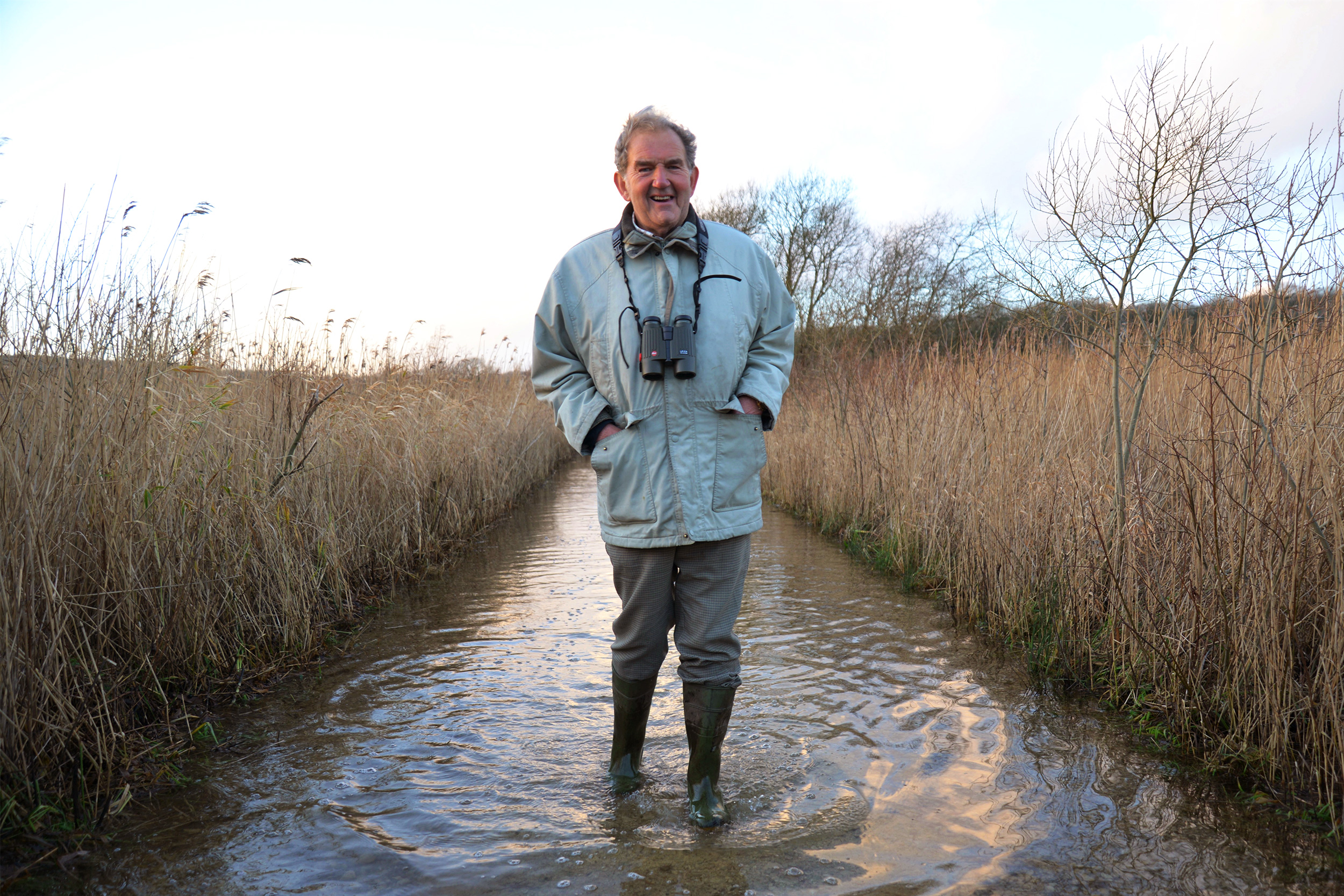The three Grimsargh Reservoirs, near Preston, were decommissioned in 1980, and it soon became obvious that the site would be developed. Inspired by the great conservationist Sir Peter Scott I had a vision for the reservoirs to become a nature reserve. I compiled detailed ecology reports of the site, and in January 2003, perseverance paid off and the reservoirs became a Biological Heritage Site. I was elected as the Chairman of the Grimsargh Wetlands Trust, and the site was renamed Grimsargh Wetlands. In line with our mission statement, we promote and enhance the site’s biological diversity and the provision of facilities for everyone.
The progression has been remarkable. The trustees and volunteers have maintained the site, and the wetlands now support a rich biodiversity
The progression has been remarkable. The trustees and volunteers have maintained the site, and the wetlands now support a rich biodiversity. At present, birds total 148 species; flora thrives and attracts many insects; small mammals provide prey for Kestrels and Barn Owls; and Daubenton’s and Noctule Bats feed over the water. It has been a mammoth task to restore the wetlands as a home for nature.
We are not going to stop here though, we have a big vision to develop the reserve even further, and I believe it has the potential to be a very significant regional wetland. Already it is a safe haven for migrating birds, with over 500 of the globally threatened Curlew roosting here. Looking forward, we plan to create a Sand Martin colony, provide better protection for threatened birds and extend the reedbed.
Personally, I will continue to campaign as a life member of the RSPB, WWF and WWT. I hope my recent book, Enjoying Birdwatching in Lancashire and Cumbria, encourages readers to get out and enjoy local wildlife, including, of course, Grimsargh Wetlands.
David Hindle

Take a stand for nature
If you’re concerned about the breakdown of a green space near you or a local planning proposal that will impact nature, familiarise yourself with the planning systems and wildlife laws in your region to see how you can speak up for nature.

Barn Swallows. Photo: Gary Daggers
You might also like

Cycling challenge for charity

The business of nature



